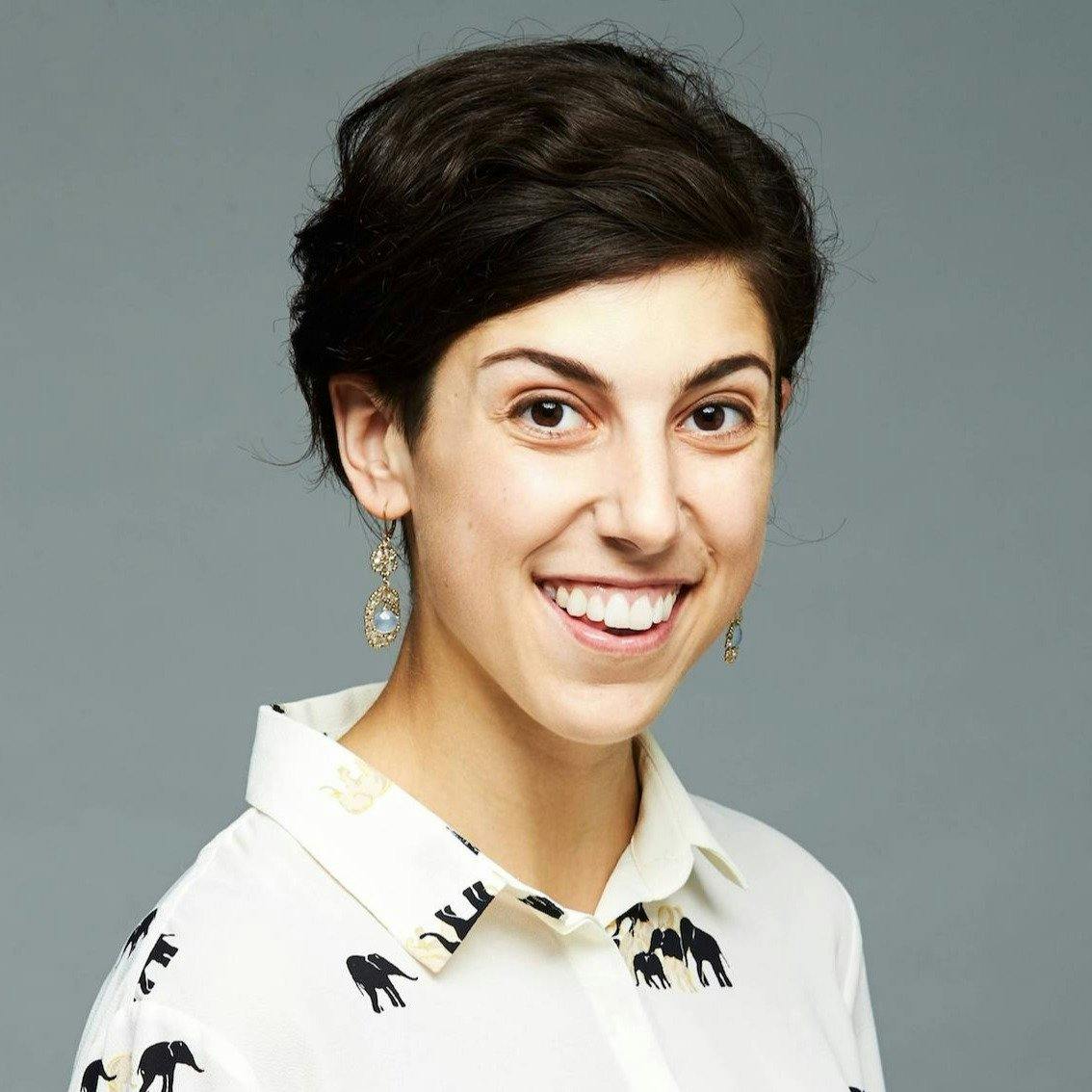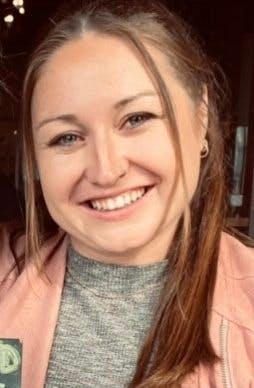Abbie Kouzmanoff, one of our product managers here at Amplitude, is a big advocate of sticking to the data. Data—both quantitative and qualitative—are how you become a better product manager and how you build a better product. Abbie lends her perspective on products, teams, and learning.
Location: San Francisco
Current Role: Product Manager at Amplitude
One word to describe how you product manage: Storytelling
Fill in the blank: The product manager is the coach of the product.
What is something—even within your company—that is commonly misunderstood about the product manager role?
Quick wins and helping other teams out feel awesome. We don’t want to say no!
What’s the best thing you’ve read to learn how to be better at your job?
My college statistics textbook. I also love reading the daily emails from Blinkist, the Blinkist Minute. While not specific to being a PM, I promise they provide great advice and ideas.
What is your favorite “Murphy’s Law” of product? What is a trap that you still have to remind yourself not to fall into on a daily basis?
Don’t peek at experiment results. Peeking leads to being swayed and those early impressions can find their way into your roadmap.
Don’t peek at experiment results.
Any recent product initiatives that you are particularly proud of?
Before leaving Dropbox, my team led the company through a successful transition from a credit card required free trial model to a no-credit card required model. Beyond revamping how payments are taken in the product, it required totally overhauling Dropbox’s free trial experience: from signup and onboarding through to conversion. By the end, our work had touched just about every team at the company!
Looking back on your career, what is something that has taken a while to get better at? If you were coaching a more junior PM, how would you help them accelerate that learning?
Always ask yourself, “what will I learn from this decision? What will I do differently based on the outcome of this launch or experiment?” Hold yourself to results, whether qualitative or quantitative. You may find that factoring in “time to learning” will change your features’ estimates!
Hold yourself to results, whether qualitative or quantitative.
How do you carve out time for more strategic thinking?
Find focused work time in the mornings before teammates arrive, reserve calendar blocks, or go “off campus” to a cafe.
Most memorable team name? How did the team get that name?
The Commit Squad. The group was focused on getting free trial teams to commit to Dropbox Business by converting to paid. It sounds a little bit like the title of a reality TV show, but it’s catchy.
In your opinion, what makes a team really click? What can you do to help a team get to that point (and stay that way)?
Three things:
Buy-in: A team has to have a strong connection to the problem they’re solving and the customer (internal or external) that they’re solving it for. You can drive this by sharing quantitative and qualitative research, or better yet, by inviting cross-functional team members to sit in on user calls and dabble with your product’s data. And you must report back on learnings and impact, no matter the outcome. Shipping something and never hearing about it again does not inspire a team to keep going or learn how to improve.
Feedback: Creating an open feedback culture is key. Get an honest dialogue going amongst your team to help everyone feel comfortable sharing when something isn’t working.
Get an honest dialogue going amongst your team to help everyone feel comfortable sharing when something isn’t working.
Pro tip: an amazing engineer I worked with suggested she and I each share something positive and something constructive about our working relationship or the team each week. These conversations uncovered areas for improvement that would have never been surfaced in a retro.
Process (or lack thereof): Constantly dig into how process could be better. Whether that’s removing process or adding it, unlocking the right system can truly change team productivity and happiness. Know that literally every team is different— what worked for your previous high-performing team almost certainly will not work for your next.
Constantly dig into how process could be better.
How do you gracefully say no?
I try to empathize with where someone is coming from and make sure I understand the motivation behind an ask — people should feel heard and understood. It’s important they feel comfortable coming to you again in the future! If I have to say no, I focus on the reason why. I also try to be clear about timeline. Many of us roll our eyes when we hear “it’s on the backlog” — so just be honest. Either it’s a priority, or it isn’t.
If you could switch jobs with anyone…what would you try?
I would definitely be an FBI agent. I’m a true crime fanatic, so in an ideal world, I’d solve crimes and then podcast about it.





